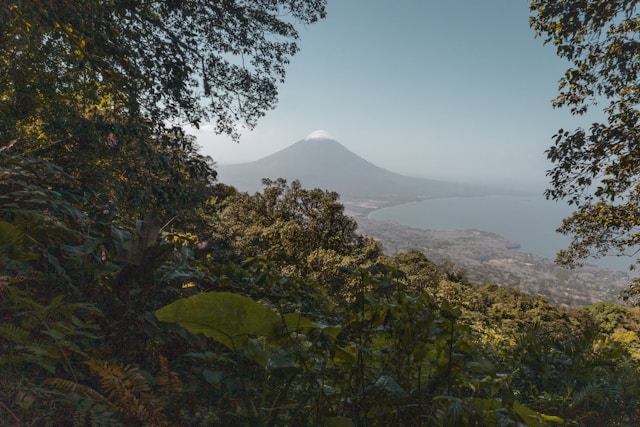by Courtney Parker / Intercontinental Cry
The climate of violence endemic to the ongoing resource wars, illegal occupation, violent siege, and politically motivated land grabs of Nicaragua’s North Caribbean Autonomous Region, is continuing to escalate.
On Wednesday evening, January 25, the death of a well-known Tuahka Indigenous leader was confirmed – Camilo Frank López was shot in the forehead and killed while leaving a local bar with his cousin. López was the current Tuahka Indigenous Territorial Government Prosecutor.
López’s first cousin, Eloy Frank, who was the Deputy Foreign Minister Secretary for Indigenous Affairs of the Presidency, also suffered an injury to his arm in the attack.
The killing took place in an area known as the ‘Mining Triangle’.
Nicaragua is often lauded for its low crime rates compared to more systemic cultures of violence found in Central American nations such as Honduras, El Salvador, and Guatemala. However, the region where this latest killing took place, largely known as La Muskitia, has been host to intensifying violent conflict as the legal territories of Indigenous Peoples, such as the Mayagna and the Miskitu, are encroached upon by Mestizo settlers from the interior and Atlantic regions of Nicaragua.
Many claim the illegal settlers are affiliated with the ruling Sandinista political party, who have much to gain economically from seizing and exploiting the resource rich region. Estimates have held that around 85% of Nicaragua’s intact natural resource preserves are contained there; and thanks to ongoing Indigenous stewardship, much of the biodiversity is currently preserved and remains intact.
The binational Indigenous nation of Muskitia, which extends into Honduras, is also home to the second largest tropical rainforest in the western hemisphere – second only the Amazon in size and commonly referred to as “the lungs of Central America”– and many endangered species of animals.
Photo by Mario von Rotz on Unsplash

